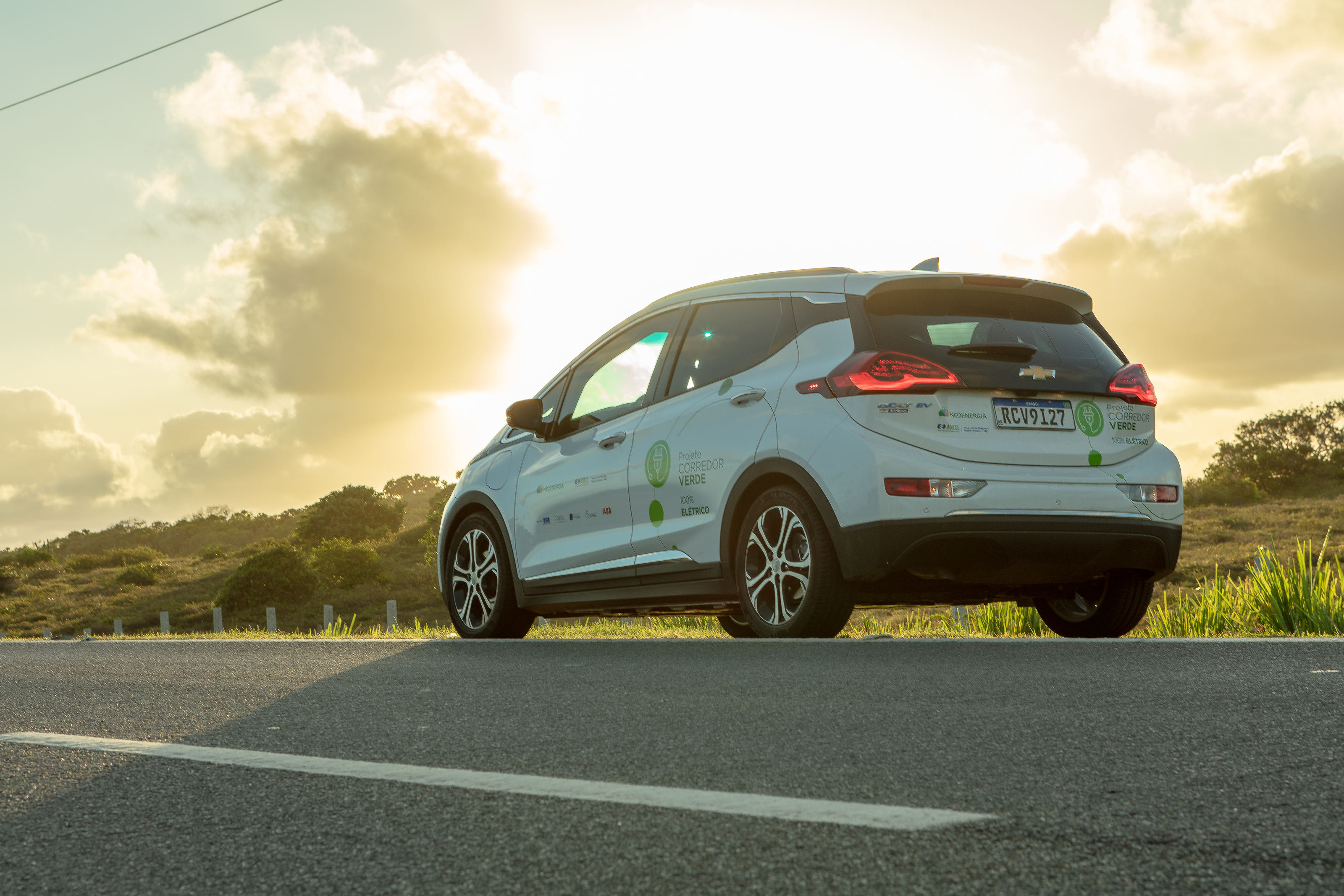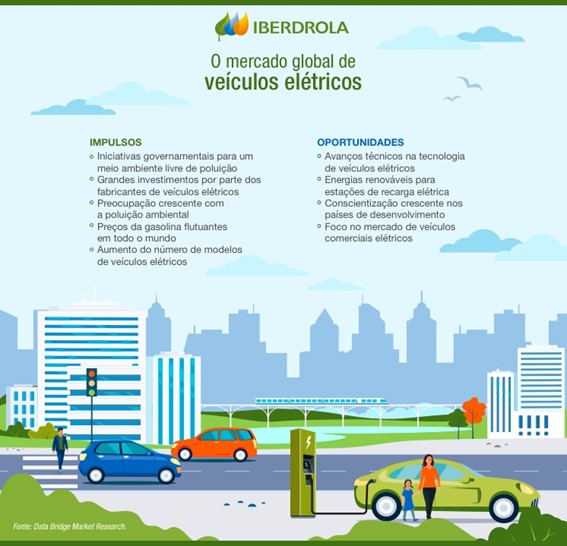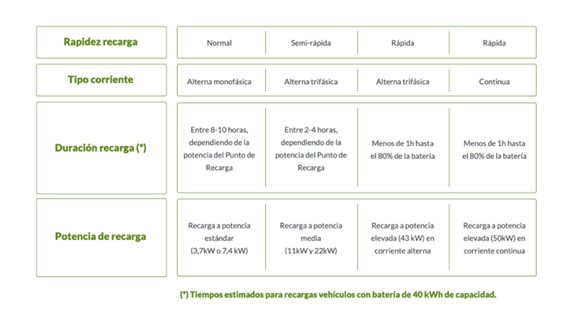
Electroposts
Electric vehicle charging stations, key to the future of sustainable mobility.
Transport, essential in the fight against climate change, must be sustainable and every day steps are taken in this direction. For this reason, the mobility of the future depends on the adoption of electric vehicles that do not emit greenhouse gases and, for this reason, the existence of places to charge them is fundamental and even more important than the renewal of the vehicle fleet itself.

Sample text
Sustainable Urban Mobility and the Electric Vehicle

Sustainable Urban Mobility and the Electric Vehicle
According to a Bloomberg report, the number of electric vehicles is expected to reach 116 million in 2030, or 30% of sales. This means that in this decade the infrastructure for charging points must develop to the same extent.

What is an electric vehicle charging station
An electrostation, also called an electric vehicle charging station, is simply a system that provides electrical energy to charge the battery of electric and plug-in hybrid vehicles, such as shared or private cars, trucks, buses or motorcycles. This type of station is usually located in public spaces, on any street or in shopping malls, generally in parking areas.
Little by little, these types of charging points will gain ground at gas stations, which, in some cases, will end up being converted. While the latter need underground reservoirs with thousands of liters of fuel that are pumped into each of the available hoses, the former only need an electrical connection with sufficient power and a converter that is responsible for managing the vehicle's recharging.

How does an electric vehicle charging station work
To charge the batteries of an electric car, unless there is charging equipment at home, it is necessary to go to an electric vehicle charging station. From there, there are a series of steps to complete the upload:
1. Activate the charging point with a cell phone app, or with an RFID card.
2. Connect the appropriate hose according to the type of refill.
3. Wait for the upload process to finish.
Sample text
Charging time for an electric car
Depending on the conversion and the available power, there will be different types of loads varying the time required:
Fast charging is the most expensive and is available at service and gas stations, shopping malls, and other public access points. They have an external current converter that allows direct current charging and they use a connection other than mode 3 to allow them to charge more quickly. They usually have a power equal to or greater than 50kW, allowing you to charge a car in less than 30 minutes.
In addition, within this mode 4, there are some ultra-fast charging points, which can provide up to 700 kW of power and charge 80% of the capacity in just six minutes. In some countries such as Israel, the Netherlands or China, charging points have also been tested in which, in a few minutes, the exhausted battery is replaced with another one that is already charged, but they were unsuccessful due to the high cost and the lack of a standard battery for electric cars.

News
2025-03-27
Instituto Neoenergia lança chamada inédita unificada de editais para apoiar projetos sociais
2025-03-21
Neoenergia é reconhecida entre as empresas mais exemplares do mundo em sustentabilidade
2025-03-14
Neoenergia lança campanha para fortalecer o relacionamento com o cliente
2025-03-13
Neoenergia inaugura novo Centro de Monitoramento de Ativos da Transmissão em Campinas
2025-03-11
